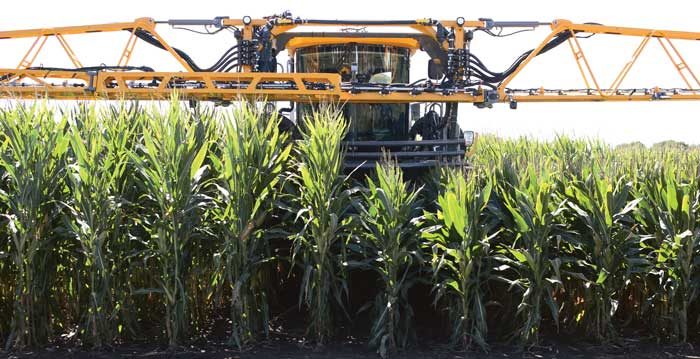No-Till Farmer
Get full access NOW to the most comprehensive, powerful and easy-to-use online resource for no-tillage practices. Just one good idea will pay for your subscription hundreds of times over.

VISIBLE DIFFERENCE. Reduced-stature corn hybrids produce plants 30-40% shorter than current popular hybrids in widespread use across North America. Most top out at about 6 feet, but hybrid developers say the compact plants can produce more corn through improved standability, season-long crop access and increased yields through higher plant populations. Corteva AgriScience
Today’s much-heralded plant breeding effort aimed at reducing the average height of corn plants is likely to provide several benefits for no-tillers in the coming years — all of which are aimed at more corn in the bin at the end of harvest.
Technology developers at Bayer Crop Science, Corteva AgriScience and Iowa-based Stine Seed Co. say shorter corn hybrids offer several paths to increased production through:
The seed company officials say the reduced-stature hybrids currently available, or those expected to hit the market as early as 2024-25, are 30-40% shorter than traditional high-performing hybrids in use today and grow about 6 feet tall. The compact plants have been developed through traditional plant breeding techniques to reduce the length of nodes below the ear, yielding a shorter plant with the same number of nodes and same number of leaves as any well-known corn hybrid.
Despite being shorter, reduced-stature corn hybrids produce similar amounts of field residue as their taller counterparts, and while they tend to appear to have much larger girth stalks, much of that appearance seems to be traced to the leaves being “stacked” tighter around shorter nodes.
The individual seed companies have different stories to tell…